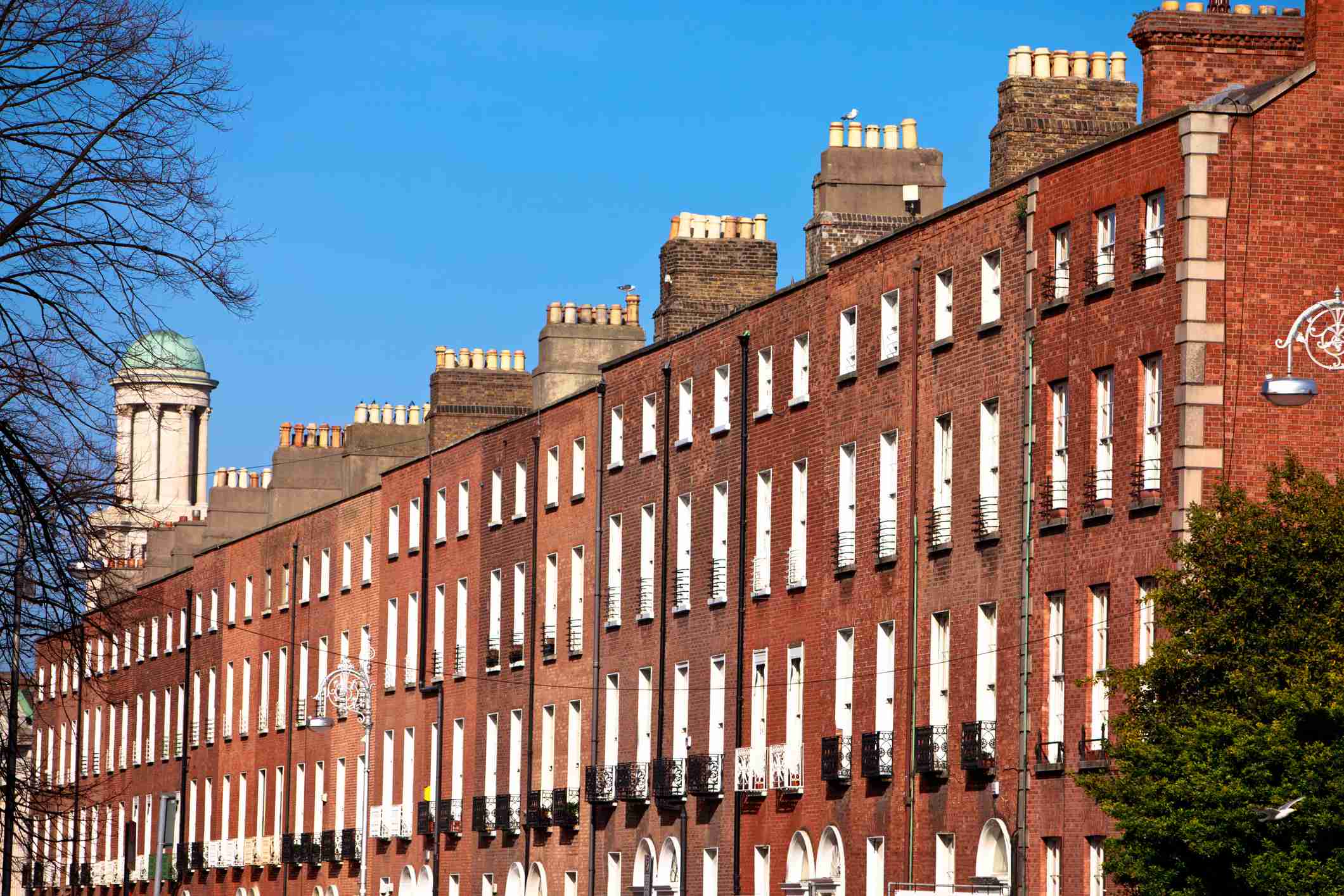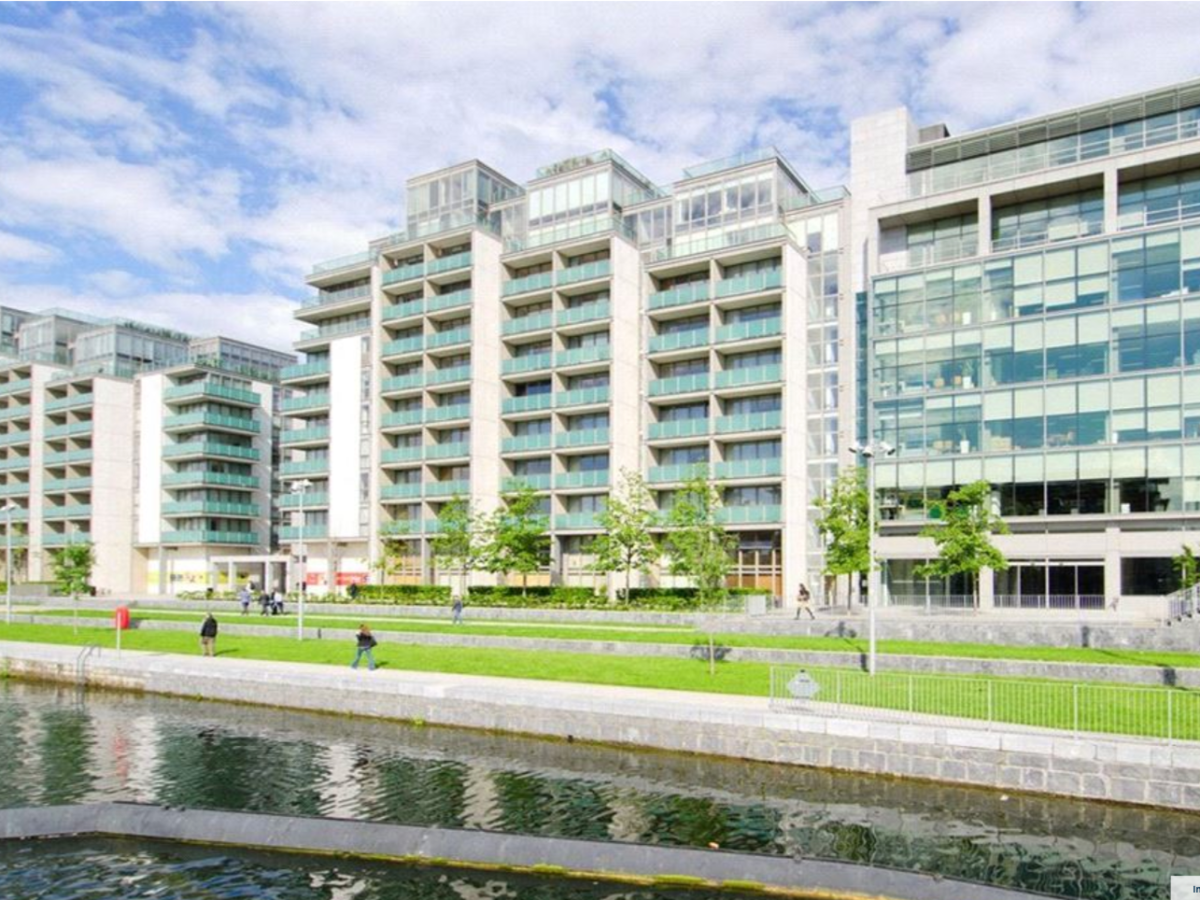
“Why is a multi-family home a better buy to let investment than a single-family home”
If you’re looking to actively invest in residential property, most investors will consider two types: single-family home or multi-family home. With single-family, you’d be buying traditional homes built for one family or household. On the multi-family side, you’d be buying apartment buildings. Both are very attractive and popular but investors need to consider there are significant differences in terms of cashflow, risks, maintenance and returns on investment. We have explored some of these points below.
In single-family homes there is not a strong cash flow (unless you own several properties). Fewer units means less cash. You’re only getting a handful of rent payments per month, and a large chunk of those are going toward your mortgage, maintenance costs, and admin fees. However in multi-family homes you have a better cash flow and a bigger financial cushion. The extra cash that comes with multi-family real estate can help safeguard you from loss. There’s more room for error, and you may have more capital to further grow your investing business if you do it right.
“Buying a multi-family home means an instant real estate portfolio”
If you’re looking to build a big real estate portfolio single-family homes are not the way to go. A portfolio of 10 units would mean 10 negotiations, 10 mortgage applications, and 10 closings, and it would take much more time compared to multi-family properties which let you scale up with just one purchase. Buying a multi-family home means an instant real estate portfolio. You’ll have at least several units on your hands, and having the cash flow and profits that come with it isn’t such a bad thing either!
“If a tenant moves out of a single-family rental, it is 100% vacant”
Yes single-family homes are a lot easier to acquire but when it comes to growth this would be slower than the multi-family homes. Also one of the disadvantages of a single-family homes is that if the property is vacant you would have zero income until the management company replaces the tenants whereas with a multi-family home they can lose a tenant but can still produce an income with the other occupied units. It is rare to see a multi-family home totally vacant. Multi-family rental owners are also far less likely to have zero rental income. If a tenant moves out of a single-family rental, it is 100% vacant. On the other hand, if a multi-family rental owner loses a tenant, its only 10% vacant. Even after that reduction in cash flow, you’ll still have 90% of your regular monthly rental income to cover the property’s mortgage and operating costs.

In single-family homes, if you want to make repairs or improvements to the building it only increases the value of that one property as opposed to many in a multi-family property. Financing the purchase of multi-family homes is much easier than of single-family investment properties. The return on investment received by investing in single-family rentals tends to be higher than from other rental types; however, banks are more easily persuaded to give a mortgage to real estate investors for multi-family properties due to the risks being lower.
When you base it on a per-unit basis, the cost of constructing a multifamily property is more affordable than other types of real estate properties. It is, therefore, a more cost-efficient investment and relatively risk-free for first-time investors. If you choose to apply for a mortgage loan to build or purchase this type of property, you can expect lower mortgage financing rates.
The foreclosure rate on apartment buildings or other types of multifamily properties is lower as compared to a single-family unit. This explains why mortgage lenders can offer competitive rates for investors of this type of property. This reduces operating costs which will bring more revenue in the long run.
If you are thinking of investing in property as a source of alternative income,
why not contact us today to discuss your requirements in more detail?
Phone: +353 86 325 0048 I Email:info@spirecapital.ie
Author: Deirbhile Finn-Healy







